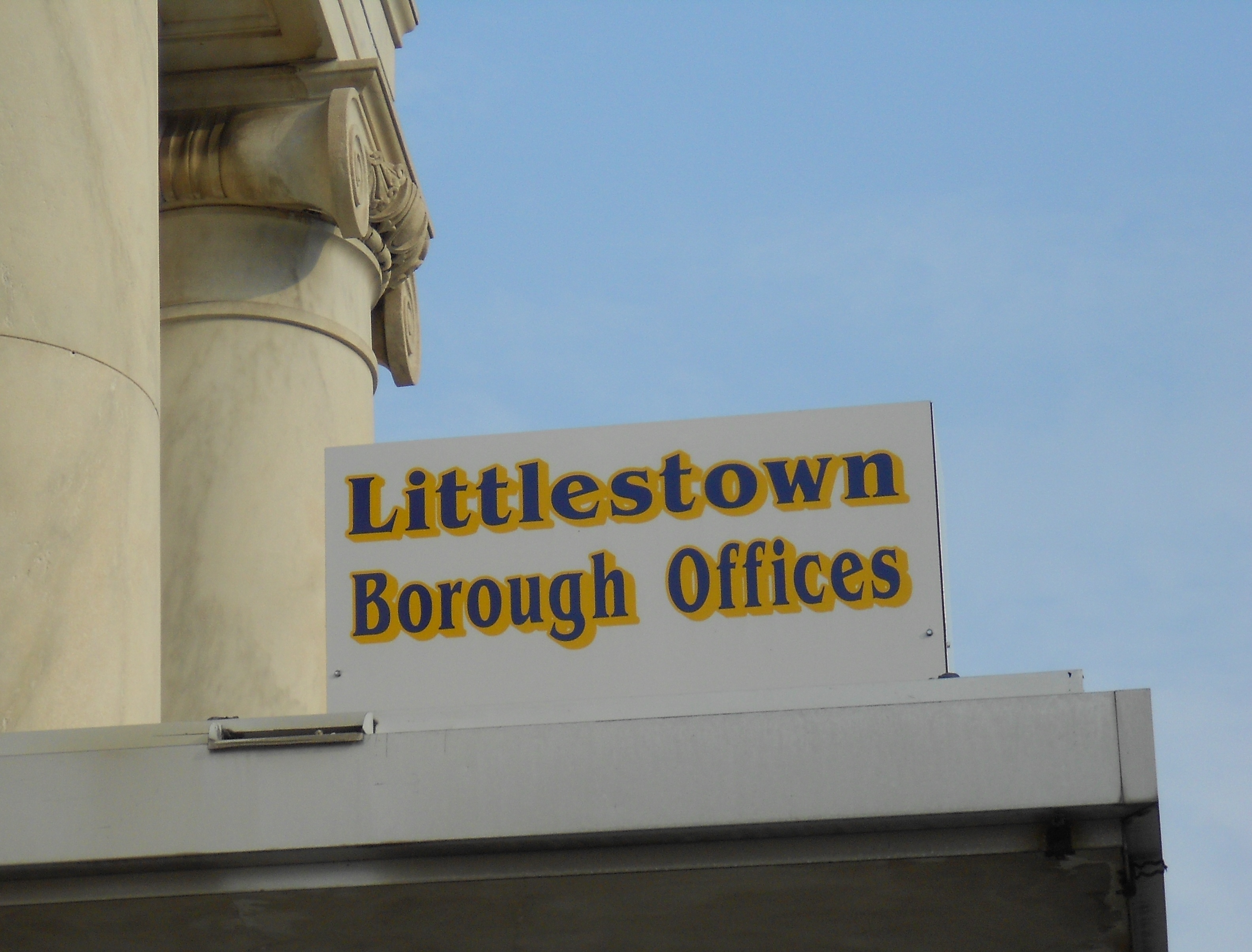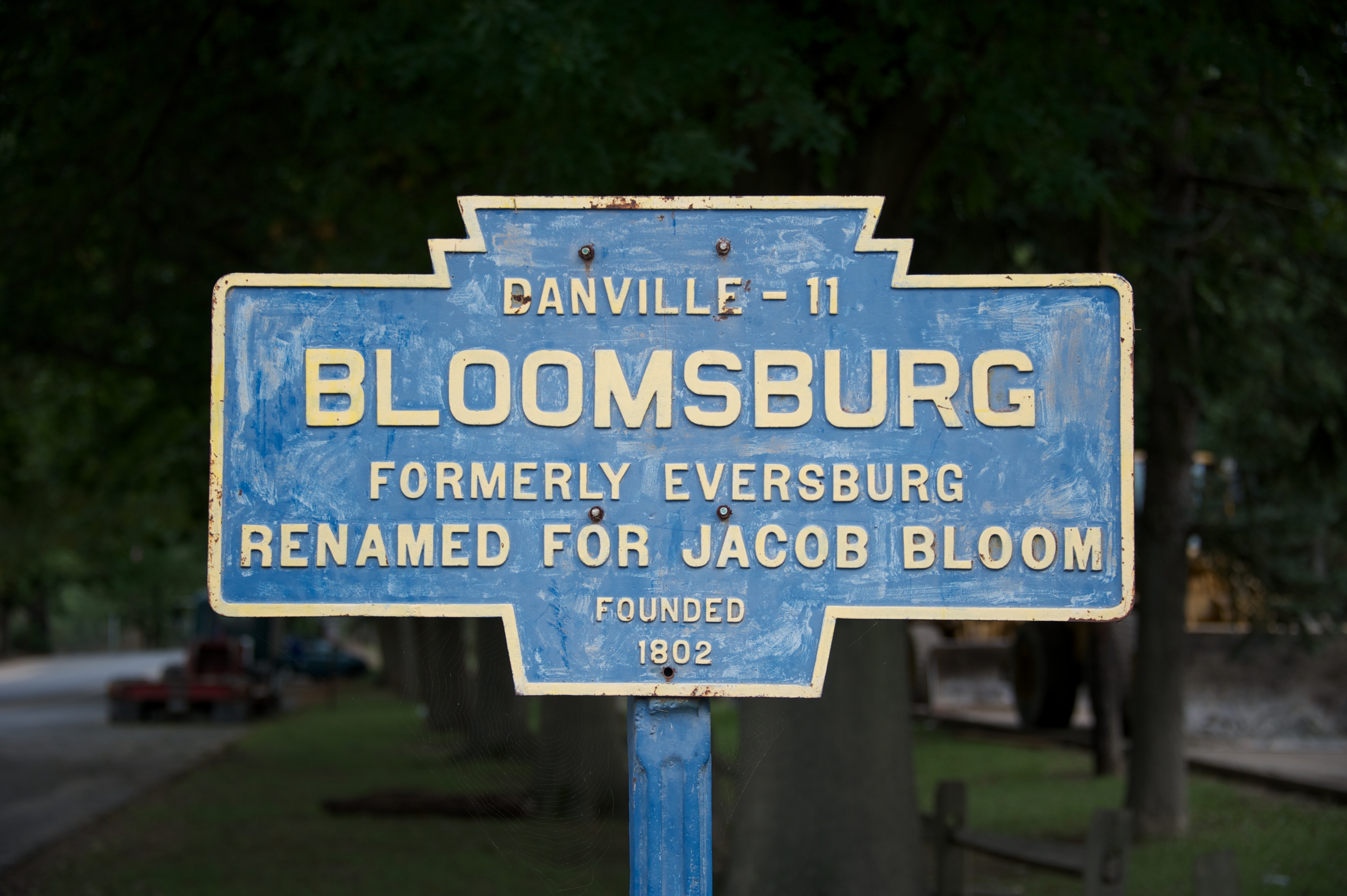|
Borough (Pennsylvania)
In the Commonwealth (U.S. state), United States Commonwealth of Pennsylvania, a borough (sometimes spelled boro) is a self-governing Municipality, municipal entity, equivalent to a town in most jurisdictions, usually smaller than a city, but with a similar population density in its residential areas. Sometimes thought of as "junior cities", boroughs generally have fewer powers and responsibilities than full-fledged cities. Description All municipalities in Pennsylvania are classified as either Local government in Pennsylvania#City, cities, boroughs, or township (Pennsylvania), townships. The only exception is the town of Bloomsburg, Pennsylvania, Bloomsburg, recognized by the state government as the only incorporated town in Pennsylvania. Boroughs tend to have more developed business districts and concentrations of public and commercial office buildings, including courthouses. Boroughs are larger, less spacious, and more developed than the relatively rural townships, which oft ... [...More Info...] [...Related Items...] OR: [Wikipedia] [Google] [Baidu] |
Commonwealth (U
A commonwealth is a traditional English term for a political community founded for the common good. The noun "commonwealth", meaning "public welfare, general good or advantage", dates from the 15th century. Originally a phrase (the common-wealth or the common wealth – echoed in the modern synonym "public wealth"), it comes from the old meaning of "wealth", which is "well-being", and was deemed analogous to the Latin ''res publica''. The term literally meant "common well-being". In the 17th century, the definition of "commonwealth" expanded from its original sense of "public welfare" or "wikt:commonweal, commonweal" to mean "a state in which the supreme power is vested in the people; a republic or democracy, democratic state". The term evolved to become a title to a number of political entities. Three countries – Australia, the Bahamas, and Dominica – have the official title "Commonwealth", as do four U.S. states and two Territories of the United States, U.S. territories. Sin ... [...More Info...] [...Related Items...] OR: [Wikipedia] [Google] [Baidu] |
Pennsylvania
Pennsylvania, officially the Commonwealth of Pennsylvania, is a U.S. state, state spanning the Mid-Atlantic (United States), Mid-Atlantic, Northeastern United States, Northeastern, Appalachian, and Great Lakes region, Great Lakes regions of the United States. It borders Delaware to its southeast, Maryland to its south, West Virginia to its southwest, Ohio and the Ohio River to its west, Lake Erie and New York (state), New York to its north, the Delaware River and New Jersey to its east, and the Provinces and territories of Canada, Canadian province of Ontario to its northwest via Lake Erie. Pennsylvania's most populous city is Philadelphia. Pennsylvania was founded in 1681 through a royal land grant to William Penn, the son of William Penn (Royal Navy officer), the state's namesake. Before that, between 1638 and 1655, a southeast portion of the state was part of New Sweden, a Swedish Empire, Swedish colony. Established as a haven for religious and political tolerance, the B ... [...More Info...] [...Related Items...] OR: [Wikipedia] [Google] [Baidu] |
Municipality
A municipality is usually a single administrative division having municipal corporation, corporate status and powers of self-government or jurisdiction as granted by national and regional laws to which it is subordinate. The term ''municipality'' may also mean the governing body of a given municipality. A municipality is a general-purpose administrative subdivision, as opposed to a special district (United States), special-purpose district. The English language, English word is derived from French language, French , which in turn derives from the Latin language, Latin , based on the word for social contract (), referring originally to the Latin communities that supplied Rome with troops in exchange for their own incorporation into the Roman state (granting Roman citizenship to the inhabitants) while permitting the communities to retain their own local governments (a limited autonomy). A municipality can be any political jurisdiction (area), jurisdiction, from a sovereign state s ... [...More Info...] [...Related Items...] OR: [Wikipedia] [Google] [Baidu] |
Town
A town is a type of a human settlement, generally larger than a village but smaller than a city. The criteria for distinguishing a town vary globally, often depending on factors such as population size, economic character, administrative status, or historical significance. In some regions, towns are formally defined by legal charters or government designations, while in others, the term is used informally. Towns typically feature centralized services, infrastructure, and governance, such as municipal authorities, and serve as hubs for commerce, education, and cultural activities within their regions. The concept of a town varies culturally and legally. For example, in the United Kingdom, a town may historically derive its status from a market town designation or City status in the United Kingdom, royal charter, while in the United States, the term is often loosely applied to incorporated municipality, municipalities. In some countries, such as Australia and Canada, distinction ... [...More Info...] [...Related Items...] OR: [Wikipedia] [Google] [Baidu] |
City
A city is a human settlement of a substantial size. The term "city" has different meanings around the world and in some places the settlement can be very small. Even where the term is limited to larger settlements, there is no universally agreed definition of the lower boundary for their size. In a narrower sense, a city can be defined as a permanent and Urban density, densely populated place with administratively defined boundaries whose members work primarily on non-agricultural tasks. Cities generally have extensive systems for housing, transportation, sanitation, Public utilities, utilities, land use, Manufacturing, production of goods, and communication. Their density facilitates interaction between people, government organisations, government organizations, and businesses, sometimes benefiting different parties in the process, such as improving the efficiency of goods and service distribution. Historically, city dwellers have been a small proportion of humanity overall, bu ... [...More Info...] [...Related Items...] OR: [Wikipedia] [Google] [Baidu] |
Population Density
Population density (in agriculture: Standing stock (other), standing stock or plant density) is a measurement of population per unit land area. It is mostly applied to humans, but sometimes to other living organisms too. It is a key geographical term.Matt RosenberPopulation Density Geography.about.com. March 2, 2011. Retrieved on December 10, 2011. Biological population densities Population density is population divided by total land area, sometimes including seas and oceans, as appropriate. Low densities may cause an extinction vortex and further reduce fertility. This is called the Allee effect after the scientist who identified it. Examples of the causes of reduced fertility in low population densities are: * Increased problems with locating sexual mates * Increased inbreeding Human densities Population density is the number of people per unit of area, usually transcribed as "per square kilometre" or square mile, and which may include or exclude, for example, ar ... [...More Info...] [...Related Items...] OR: [Wikipedia] [Google] [Baidu] |
Local Government In Pennsylvania
Local government in Pennsylvania is government below the state level in Pennsylvania. There are six types of local governments listed in the Pennsylvania Constitution: county, township, borough, town, city, and school district. All of Pennsylvania is included in one of the state's 67 counties, which are in total subdivided into 2,560 municipalities. There are currently no independent cities or unincorporated territories within Pennsylvania. There is only one incorporated town in Pennsylvania, Bloomsburg. Government in Pennsylvania Local municipalities can be governed by statutes, which are enacted by the Pennsylvania General Assembly, and are specific to the type and class of municipality; by a home rule municipality, under a home rule charter, adopted by the municipality; or by an optional form of government, adopted by the municipality. The township is the basic population center or town element in Pennsylvania, ranging in size from small hamlets to important population ... [...More Info...] [...Related Items...] OR: [Wikipedia] [Google] [Baidu] |
Township (Pennsylvania)
A township, under the laws of the Commonwealth of Pennsylvania, is the lowest level of municipal incorporation of government. All of Pennsylvania's community, communities outside of incorporated local government in Pennsylvania#City, cities, borough (Pennsylvania), boroughs, and Bloomsburg, Pennsylvania#History, one town have been incorporated into individual townships that serve as the legal entities providing local self-government functions. In general, townships in Pennsylvania encompass larger land areas than other Municipality, municipalities, and tend to be located in suburban, exurban, or rural parts of the commonwealth. As with other incorporated municipalities in Pennsylvania, townships exist within local government in Pennsylvania#County, counties and are subordinate to or dependent upon the county level of government. History Townships in Pennsylvania were created in the 17th century during the colonial-era Province of Pennsylvania prior to the American Revolution. Muc ... [...More Info...] [...Related Items...] OR: [Wikipedia] [Google] [Baidu] |
Bloomsburg, Pennsylvania
Bloomsburg is the only incorporated town in Columbia County, Pennsylvania, United States, of which it is also the county seat. It is part of Northeastern Pennsylvania and is located southwest of Wilkes-Barre, Pennsylvania, Wilkes-Barre along the Susquehanna River. As of the 2010 United States census, 2010 census, Bloomsburg had a population of 14,855, with an estimated population of 13,811 in 2019. Bloomsburg is one of two principal communities of the Bloomsburg-Berwick metropolitan area, Bloomsburg-Berwick, PA Metropolitan Statistical Area, a United States metropolitan area, metropolitan area that covers Columbia and Montour County, Pennsylvania, Montour counties, and had a combined population of 85,562 at the 2010 United States Census, 2010 census. History The first signs of European settlement date to the year 1772, when James McClure established a log cabin in the area. Until the mid-19th century, it was just a small village, known as Bloom Township. Traditionally, Bloom ... [...More Info...] [...Related Items...] OR: [Wikipedia] [Google] [Baidu] |
Home Rule Municipality (Pennsylvania)
In the U.S. commonwealth of Pennsylvania, a home rule municipality is one incorporated under its own unique charter, created pursuant to the state's home rule and optional plans law and approved by referendum. "Local governments without home rule can only act where specifically authorized by state law; home rule municipalities can act anywhere except where they are specifically limited by state law". Although many such municipalities have retained the word "Township" or "Borough" in their official names, the Pennsylvania Township and Borough Codes no longer apply to them. All three types of municipalities (cities, boroughs, and townships) may become a home rule municipality. History of home rule in Pennsylvania When Pennsylvania was chartered in 1681, its proprietor William Penn was given the power to create counties, towns, and other municipalities, and the Pennsylvania Provincial Assembly, legislature was given sovereignty over them. "Abuse of legislative interference in loc ... [...More Info...] [...Related Items...] OR: [Wikipedia] [Google] [Baidu] |
Borough (United States)
A borough in some U.S. states is a unit of local government or other administrative division below the level of the state. The term is currently used in six states: *A type of municipality: Connecticut, New Jersey and Pennsylvania (also formerly Michigan and Minnesota) *A subdivision of a consolidated city, corresponding to another present or previous political subdivision: New York and Virginia *In Alaska only, a borough is a county-equivalent. Specific states Alaska In Alaska, the word "borough" is used instead of "county". Like counties, boroughs are administrative divisions of the state. Each borough in Alaska has a borough seat, which is the administrative center for the borough. The Municipality of Anchorage is a consolidated city-borough, as are Sitka, Juneau, Haines, Yakutat, and Skagway. Nearly half of the state's area is part of the vast Unorganized Borough, which has no borough-level government at all. The United States Census Bureau has divided the Unor ... [...More Info...] [...Related Items...] OR: [Wikipedia] [Google] [Baidu] |





